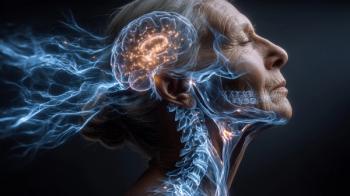
Crowdsourcing Brain Research: The Power of Volunteers
How can volunteering to play video games help brain research?
Videogames that help cure Alzheimer disease (AD)? Crowds of interactive gamers mapping the brain? In their quest for new discoveries in brain research, innovative investigators are developing games that harness the power of crowdsourcing.
Cornell University’s Schaffer-Nishimura lab is one such group. They study the intersection of clogged, or stalled, capillaries and the progress of AD. They use animal models to evaluate the efficacy of potential treatments by analyzing the stalls (capturing images of capillaries in the brains of mice quickly), but analyzing this data takes time.
Enter the gamers. With the assistance of the Human Computation Institute, the Schaffer-Nishimura lab created Stall Catchers. Gamers aged 6 to 88, or catchers, navigate a set of training images provided by the lab, determine whether the capillary is flowing or stalled, and then compare their response to those of the researchers. There are approximately 30,000 volunteers helping to analyze the lab’s images.1
Stall Catchers demonstrates the power of crowdsourcing. Crowdsourcing unleashes a lab’s research potential by tapping into a scientific-minded community of volunteers. Aside from increasing the volume of analysis, volunteers check the quality of each other’s work.
Other labs are also using crowdsourcing to accelerate their research. For example, a video game called
Mira Goldstein is from Evanston, IL. She is 16 years old and has contributed several reflective pieces for Psychiatric TimesTM.
References
1. Human Computation Institute. Stall Catchers. 2019. Accessed June 23, 2021.
2. EyeWire. A game to crowdsource brain mapping. Accessed June 23, 2021.
3. Kawrykow A, Roumanis G, Kam A, et al. Phylo: a citizen science approach for improving multiple sequence alignment.PLoS One. 2012;7(3):e31362.
Newsletter
Receive trusted psychiatric news, expert analysis, and clinical insights — subscribe today to support your practice and your patients.














